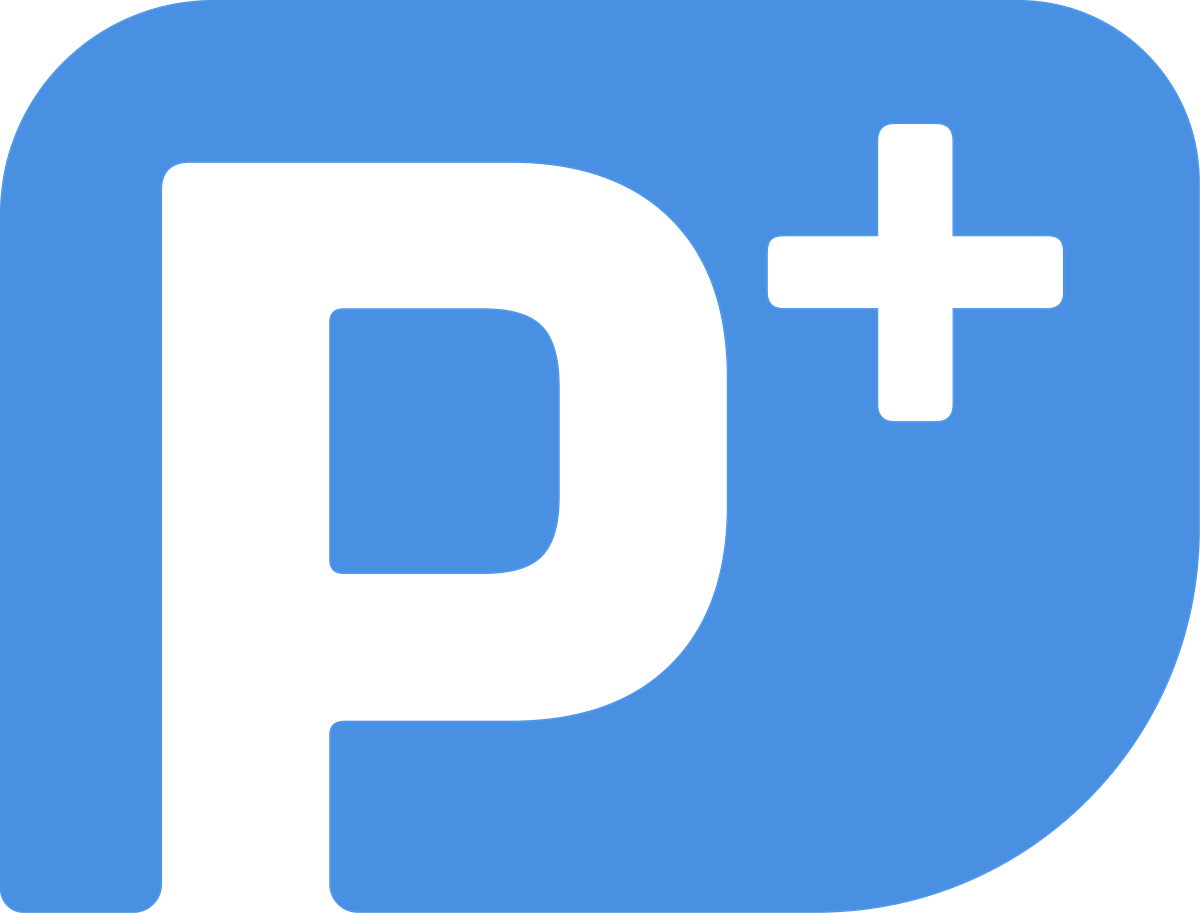
Simplify your
business development
PipelinePlus delivers measurable growth and stability for professional services firms by strengthening revenue pipelines, creating leadership communities, and supporting strategy execution.
Over the past two decades, we’ve partnered with thousands of professional services firms worldwide, from the Big Four to more than 50 of the Am Law 200.










Expert Insight For Lasting Results
With over 170 years of combined business development and marketing experience, our faculty of advisors brings unmatched insight to professional services firms. Each advisor has walked in your shoes, leading growth strategies, facilitating client relationships, and building sustainable revenue programs.

Cut Through the Noise With The Short List
From the best-selling book by our CEO and Co-Founder, David Ackert, comes the proven framework that’s helped thousands of professionals focus on the relationships that fuel their growth. See how The Short List can work for you.
Business Development Pipeline Management
PipelinePlus TRACKER brings The Short List to life as a dynamic, real-time tool that keeps your most valuable clients, prospects, and referral sources front and center.
No clutter. No guesswork. Just a sharp, evolving list that tells you exactly where to focus today, so you can win more business tomorrow.






